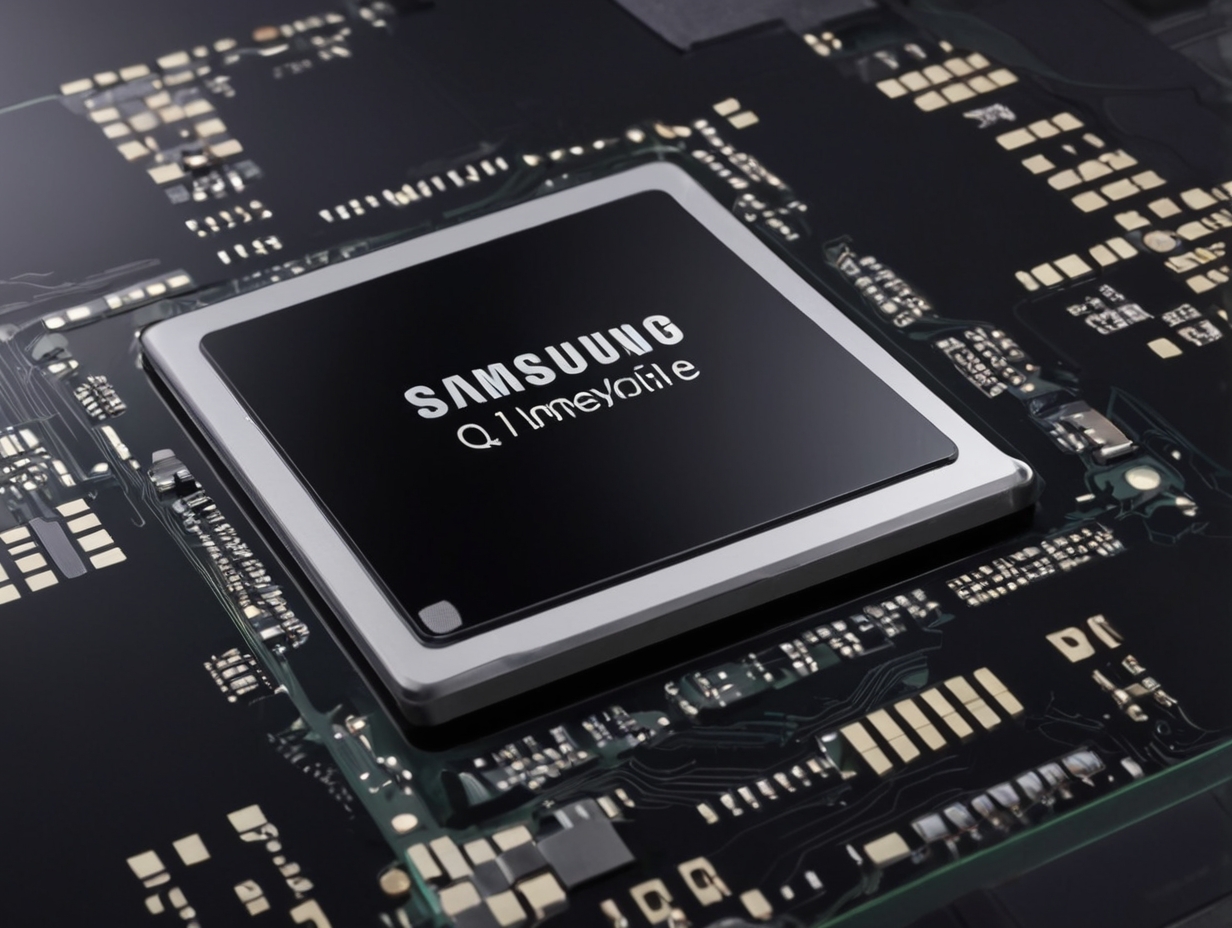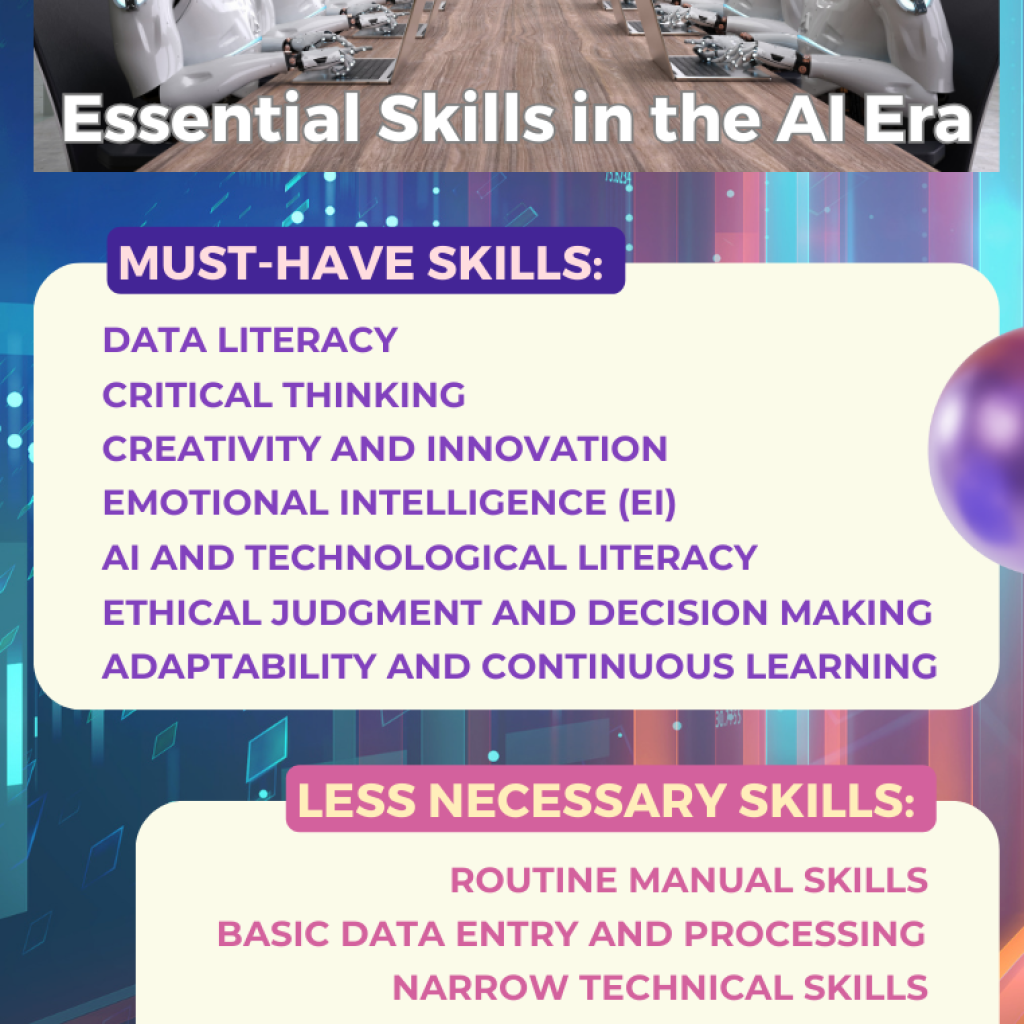Against a backdrop of a mighty 930% increase in operating profit, Samsung Electronics reported a dramatic rise to 36.3 trillion Korean won in the first quarter of 2024. Its buy-in in the strong growth contributed to the rising demand for its servers, memory chips, and data solutions for AI applications.
Record-breaking performance
Samsung’s presence in the market was greatly boosted because of the growth of its chips business section, which has been its leading sector. In 2023, the company was negatively affected by the macroeconomic slowdown, but thanks to the success achieved by its memory chip division, the company started expanding again. This resurgence is being driven by the record demand of the DRAM and NAND chips, the high density SSDs, and the servers, thus fundamentally increasing their prices.
Samsung, a South Korean tech giant, on Wednesday, revealed that its total revenue had increased by 12.8 percent reaching 71.2 trillion ($52.2 billion) in the first quarter when compared to the first quarter of the previous year. stood out as the highest earner with net profit leading a 330% growth from the past KRW 6.75 trillion ($4.88 billion). The first-year operating profit recorded improvement with KRW 6.61 trillion ($4.77 billion) in the year when the previous year’s figure is in comparison to it which was the KRW 640 billion ($462 million).
Semiconductor dominance
Samsung’s semiconductor business was revolutionary in the creation of a success story behind the first quarter that resulted in sales of 23.14 trillion won (16.71 billion USD). The division has seen the most impressive turnaround since it started recording an operating profit of KRW1.91 trillion($1.13 billion), which the previous quarters were operation losses. AIs and High-Bandwidth Memory Chips are both the keys to an efficient computing environment.
While being aware of the fast-growing demand of generative AI and data-dependent activities, Samsung is making even greater efforts to provide for the intensive computing power surge. The emphasis the firm lays on the production of data-intensive HBM chips (the chips are heavily used in AI, 5G, IoT, graphic processing, virtual reality, and augmented reality systems) contributes to higher margins. This leading-edge of chips is known for data processing speed upgrades and energy consumption reduction instead of NAND memory chips of old style.
In keeping up with its strategic vision, Samsung has successfully performed the mass production for its high-performance memory chips such as HBM3E 8H(8-layer) DRAM and V9 NAND which are only for the use of enterprise servers, AI, and cloud devices. Moreover, the organization instead will roll into the HBM3E 12H (12-layer) chips in the Q2 of 2024, which, in turn, will make clear its intentions to key in innovation and technology upgrade.
Competitive Landscape
Given a fact that Samsung is the major memory chip producer in the entire world there are many contestants from the competitors such as Micron company and SK Hynix. Micron being one of the leaders in production of HBM chips has climbed the leaderboard by initiating mass production of 8-layer HBM3E semiconductors as early as this year. Similarly, SK Hynix has hit the headlines, disclosing that they will be launching the mass production run of HBM3E at the NVIDIA’s GTC 2024 event and GdDR8 fo卡 at NVIDIA’s CES 2025 exhibition.
The semiconductor industry has, in the past, been challenged by volatile conditions. However, Samsung, against the odds, has proved itself in all odds presenting its industry as resilient and adaptable in response to a rapidly changing semiconductor market in the first quarter of 2024. Through the precise utilization of AI-relevant systems and technologies with high bandwidth memory and several unique features, it is only a matter of time before the firm will occupy niche market trends and be set apart as the world’s number one semiconductor company.
This article originally appeared in Techcrunch





